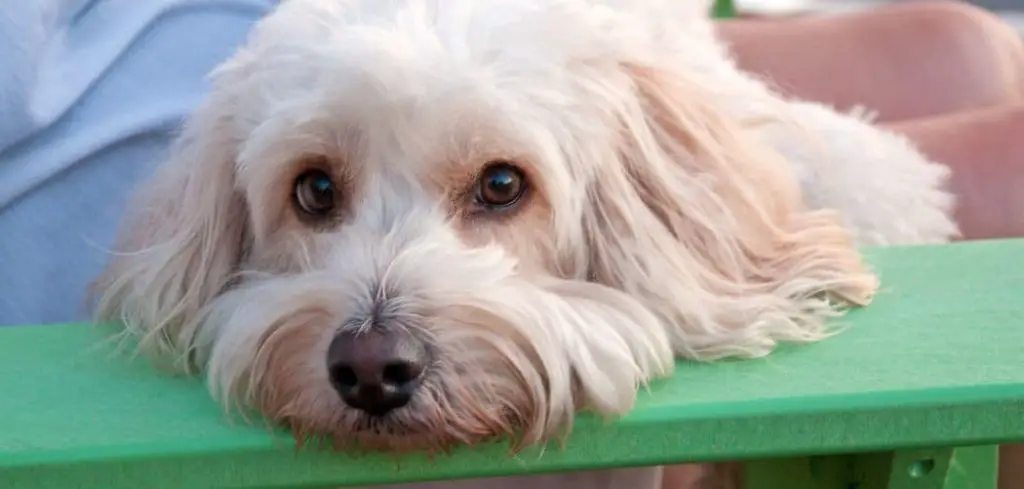When a dog starts hiding food and not eating, it can be puzzling and worrying for pet owners. These behaviors might seem contradictory but can point to deeper emotional or medical issues that shouldn’t be ignored.
We outline the common causes of dog hiding food and not eating, what you can do at home, and when to seek veterinary help.
Dog Hiding Food and Not Eating — Why It Happens
Dogs may begin hiding food and refusing to eat due to anxiety, illness, dental problems, behavioral conditioning, or environmental changes. Some dogs revert to food-hoarding instincts, while others stop eating because of pain or nausea.
It’s important to observe your dog’s full behavior and environment to understand what’s really going on.

Dog Hiding Food and Not Eating: Common Causes
Anxiety or Stress
Anxious dogs may hide food because they feel unsafe eating in the open.
This is especially common in multi-pet homes, after a move, or when new people are introduced.
At the same time, stress often leads to a decreased appetite.
Your dog may feel too nervous to eat at all, or may only eat in secret when no one is around.
Look for signs like pacing, panting, tucked tail, or hiding under furniture—these signal your dog’s stress levels are high.
Nausea or Digestive Upset
When dogs feel nauseous, they may hide food instead of eating it. This could be due to gastrointestinal problems, internal parasites, pancreatitis, or something toxic they’ve ingested.
You might also see lip licking, drooling, or repeated swallowing—all signs your dog’s tummy isn’t feeling right.
Food hiding may be an attempt to come back to the food later, but if they’re feeling ill, they never do.
Read more: Dog Acting Weird and Not Eating (What’s going on?)
Dental Pain or Oral Injuries
Dogs with tooth pain, gum disease, or mouth injuries often lose their appetite. They may approach food, attempt to eat, then walk away.
Some will carry their food and drop it elsewhere, as if trying to separate the act of eating from the discomfort it causes.
You may notice pawing at the mouth, bad breath, or favoring one side while chewing.
Instinctual Food Hoarding
Some dogs, especially those with a history of food scarcity or rescue backgrounds, instinctively hoard food. They might hide kibble under beds, in couch cushions, or even bury it in yard soil.
This behavior is more common when dogs are given high-value food items like bones or treats—but it can also show up during mealtime.
If the dog hoards but doesn’t return to eat later, it could indicate loss of appetite or distrust in their environment.
Change in Environment or Routine
Dogs thrive on routine. If feeding times, locations, or household energy has changed, your dog might act out through food-related behaviors.
Hiding food may be their way of controlling an unpredictable environment, while not eating reflects their discomfort or confusion.
Changes like new furniture, flooring, or noise from construction can also cause unease in sensitive dogs.
Behavioral Reinforcement
Some dogs learn that hiding food draws attention. If you react strongly, they might repeat the behavior for interaction—even if it started for another reason.
Similarly, dogs who are overfed or hand-fed frequently might become picky or develop odd food rituals.
Inconsistent feeding practices can unintentionally teach dogs to delay eating or manipulate food placement.
What to Do If Your Dog Is Hiding Food and Not Eating
Start by observing your dog’s behavior throughout the day—not just at mealtime. Note where the food is hidden, how often they eat, and any other unusual behaviors.
Try feeding in a quiet, calm area. Remove distractions and avoid hovering. Some dogs eat better when they feel unobserved.
Stick to a consistent feeding schedule and remove uneaten food after 15–20 minutes. This sets boundaries and encourages healthy habits.
Offer bland, easily digestible food like boiled chicken and rice to rule out stomach upset as the cause.
Avoid feeding table scraps or giving too many treats between meals. These can suppress appetite or confuse your dog about when food is available.
When to Call or Visit Your Vet
If your dog hasn’t eaten for more than 24–48 hours, it’s time to consult your vet—especially if they’re hiding food as well.
Other red flags include:
Vomiting or diarrhea
Weight loss
Lethargy or withdrawal
Pain when chewing or touching the face
Signs of stress like trembling or whining
These symptoms may indicate infections, dental disease, or internal issues that need immediate care.
It’s especially urgent if your dog is a puppy, senior, or has a known health condition.
Read more: Dog Hiding Under Bed and Not Eating (Why this happens)
Key Takeaway
When a dog hides food and refuses to eat, it’s more than a quirky habit—it could signal emotional distress or a medical problem.
Monitor your dog closely, stay consistent with feeding, and consult your vet if symptoms persist or worsen.
With patience and proper care, most dogs return to regular eating habits and feel more secure at mealtime.
